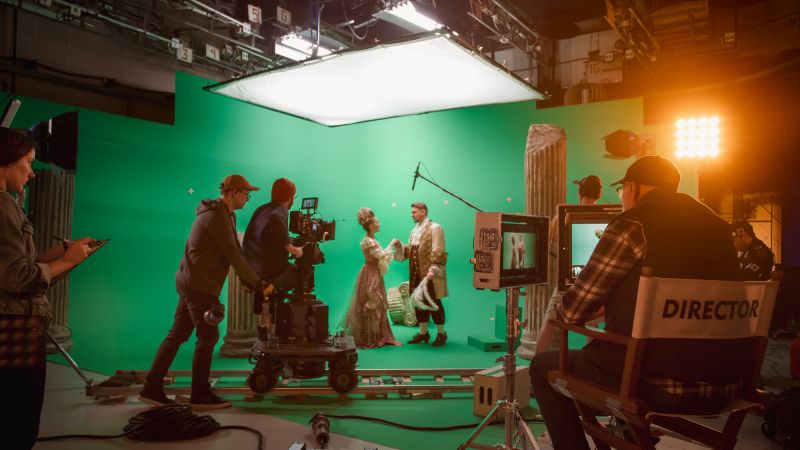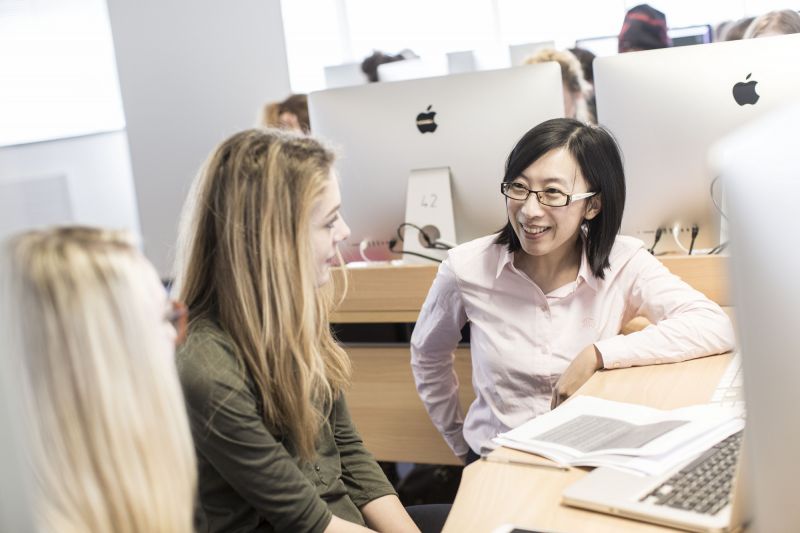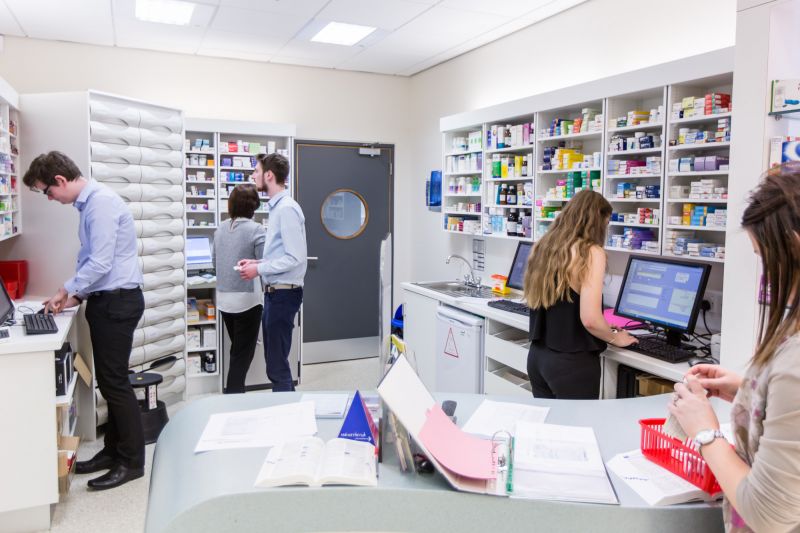Page content
Where law meets tech meets art
The LawTech Collider project explores a participatory approach to public legal education, raising awareness of cutting-edge legal research and generating law-related research by virtue of the learning yielded by extensive experimental public interactions. By this approach it aims to generate greater impact of research, innovation in research methodologies and new forms of research outputs.
Law, legal frameworks and regulations touch our lives in a million visible and invisible ways. While most of us accept they exist and will engage when necessary, most of us know little about them. LawTech Collider communicates, celebrates and challenges how people think about law, by means of engaging exhibits co-produced by creative practitioners, designers and legal scholars through iterative processes.
Events

The exhibition User Content? has been displayed twice in Belfast.
Belfast Exposed, North Street, 25 October to 2 November 2024.
Public Record Office of NI (PRONI) , Titanic Quarter, 7 April to 23 May 2025.
The exhibition invites visitors to consider what happens to our data when we use online apps, services and devices. Unwittingly or knowingly, we may tick the box to agree to privacy policies because we want to use the apps or web services, often for free. Yet, we are not always aware of the data collected about us or how it is used.
Two aspects of data protection are explored in the exhibition:
1. Surveillance of fertility and pregnancy data
2. Data sharing through social media
The exhibits ask whether we are content with the power imbalance between us as individual data subjects and giant corporate data users. Do we wish to be content or critical?
The four works on display came about through a collision of ideas between creative practice and digital technology law scholarship.
The Works
Terms & Conditions by Daniel Philpott & Dr Kyle Boyd – digital on foamex
Depicting common user journeys in agreements of social media apps, work comprises six display boards or a video loop or A4-sized double-sided boards, depending on space available. They are an experiment in delivering a simplified format of the critical content areas related to how our data are collected and used.
Fairy Code by Dr Emma Campbell – digital photographic collage
Digital Brace by Dr Emma Campbell – sculpture
Viewed together, the work is a metaphor of being enclosed or restricted by a ‘one-size-fits-all' approach of generalised data used to advertise around, diagnose, and even dismiss sexual and reproductive health concerns. Biases that can result in data gathering can then be magnified, when utilised on a global scale, ignoring subtle but important differences.
Privacy Policy by Dr Laura O’Connor – video installation
Privacy Policy is a performance to camera video work where the artist reads the policy terms of a fertility tracker app and device to camera whilst engaging in a makeover of sorts resulting in her disappearing into the wall.
Cultural Methods by Dr Laura O'Connor - an installation
Cultural Methods is a living device that grows shamrock using hydroponics controlled by a Raspberry Pi computer that controls light, plant food and water. It combines notions of cultural pride and ‘Irishness’ with the collection and control of personal medical health data through state organisations and tracker devices. For three months, O’Connor collated bodily data on a fertility tracker bracelet which was used to sustain the plants.
Legal scholars
Both formerly of the School of Law, Dr Katie Nolan, Technological University Dublin, and Dr Anna Pathé-Smith, The Open University, provided the catalysts to the creative works through discussion and interrogation. Focussing on their research on surveillance of fertility and pregnancy data harvested by apps and devices and the amassing of personal data by social media apps, they created the stimuli for collisions between the law and the creative practitioners.

LawTech Collider teamed up with the Public Record Office of NI (PRONI) to hold a one-day conference ‘The Devil in the Data: Civic Freedom and the Meaning and Safety of Data in the Public and Commercial Realms’ on 16th May 2025.
The conference was a response to the exhibition ‘User Content?’ on display in PRONI during April and May 2025. Its aims were to elaborate on the origin and rationale of the exhibition and to explore dilemmas and sensitive issues related to data governance in the public and corporate spheres.
Dr Katherine Nolan, formerly of School of Law, Ulster and now Technological University Dublin, started the day with a presentation titled ‘Modes of data governance – corporate models versus public stewarding.’ She presented arguments for why data governance matters, explained how the law balances freedom of expression with protecting citizens and described the different legal landscapes that govern public and corporate data control. She highlighted a major concern over data surveillance, particularly of fertility and pregnancy data collated by commercial apps, and the corporate amassing of vast silos of data, which were both stimuli for the artwork in the exhibition User Content?
Expanding on the collisions between data governance law and creative practice displayed in the exhibition User Content?, we heard from the contributing artists: Dr Emma Campbell, Dr Laura O’Connor, Dr Kyle Boyd & Daniel Philpott, all of Ulster University; and the contributing legal scholars Dr Anna Pathé-Smith, The Open University and Dr Katherine Nolan. Chaired by Dr Adam Buick, the artists revealed their inspiration and process and everyone commented on their positive experience of working in an interdisciplinary team. Ideas for future collaborations included inviting students to the collision process to explore how the other discipline works and frames the issues in the spotlight, developing alternative formats for presenting Terms & Conditions for data protection to users of apps and developing further artistic work to engage the public.
The first three afternoon sessions explored the challenges and benefits of the technical aspects of data management by the public archive. Janet Hancock and Gráinne Loughran presented on ‘PRONI and the Digital Public Record.’ Janet discussed the processes that surround the digitisation of public records to preserve their authenticity, security and traceability, while Gráinne described the preservation process for the digital records and the sophisticated digital tools for scanning metadata, validating, analysing the integrity of digital records and reducing them for storage. Graham Jackson, also of PRONI, took us through the delicate act of judging when the right to know and access records is outweighed by the right to privacy and need for national security resulting in the need to redact records. The use of redaction necessarily errs on the side of caution to ensure the release of records does no harm.
The presentations ended with Maria Andrews, a PhD candidate at the National Portrait Gallery & Central Saint Martins, University of the Arts London, who took us on a visual journey to explore the elusive nature and surprises of working closely with a private archive to piece together the story of the life of Harry Diamond, an East End of London photographer in the 1950s & 60s. There followed a panel discussion on the four afternoon papers, chaired by Prof. Eugene McNamee.
The broad interest in the topic from speakers and audience alike indicated an appetite for further discussions on the nature and responsibilities of the public record and archives and the concerns associated with public understanding of how our data are used. For the LawTech Collider project, this means there are plenty more collisions between the law of digital technology and art to explore.
From the LawTech Collider events
How LawTech Collider works
LawTech Collider rests on the following principles:
Innovation — a playful, experimental, celebratory approach to public legal education, disseminating legal scholarship and generating novel research (in terms of theme and form) is innovative. LawTech Collider aims to turn facts into learning, feelings and action.
Participation — LawTech Collider involves visitors in curated exhibits, offering them information or perspectives that engage their attention and emotions in an entertaining and captivating way. Trained mediators with appropriate expertise assist the visitors to engage with the exhibit. Visitors may also become a consenting contributor of data to a research study related to the exhibit or another area of law.
Visitors’ reactions to the exhibit inspire or trigger further relevance to the exhibit for the researchers. As demonstrated by Michael John Gorman’s ‘Idea Colliders’ exhibited at Trinity College Dublin’s Science Gallery in Dublin (and now replicated elsewhere), artistic collaboration with scientific research created exhibits to engage the public and collide yet more ideas:
‘Ideas Colliders – places to connect emerging research with the public, drawing the insights and concerns of the public into research, and through this process, transforming the role and relevance of the university itself.’
(MJ Gorman, Idea Colliders, p152)
LawTech Collider will do this for law.
For all – LawTech Collider is essentially audience-centred with no limit at whom it is aimed. Some exhibits may be targeted at a specific sector of the community, while others will be for all.
Inspiration here is taken from Nina Simon’s OF/BY/FOR ALL approach to helping public institutions become more inclusive, equitable, and relevant to their communities.
Law – the overarching subject area is law which inevitably covers a vast array of possible themes, topics, angles, connections. Led by researchers’ interests, each exhibit will highlight an area of law of significance and relevance.
Impact – so much legal scholarship stays within the academy and the legal profession, yet so much of it has personal, societal and national significance. LawTech Collider will aerate legal scholarship through playful and participatory exhibits to reach a broader audience.
The Team
Prof Eugene McNamee
With interests in legal education, technology as an anthropological process, information flow processes in complex communicative systems and Law & Film, his vision for LawTech Collider combines these interests to evolve a culturally significant entity bridging the divide between creative and legal practice.
Dr Lucy Royal-Dawson
Research Associate on the LawTech Collider project. With a background in social justice and human rights research, rights-based and participatory methods and the curation of cinematic events, she manages the development of the project and steers its public legal education research objectives.

















